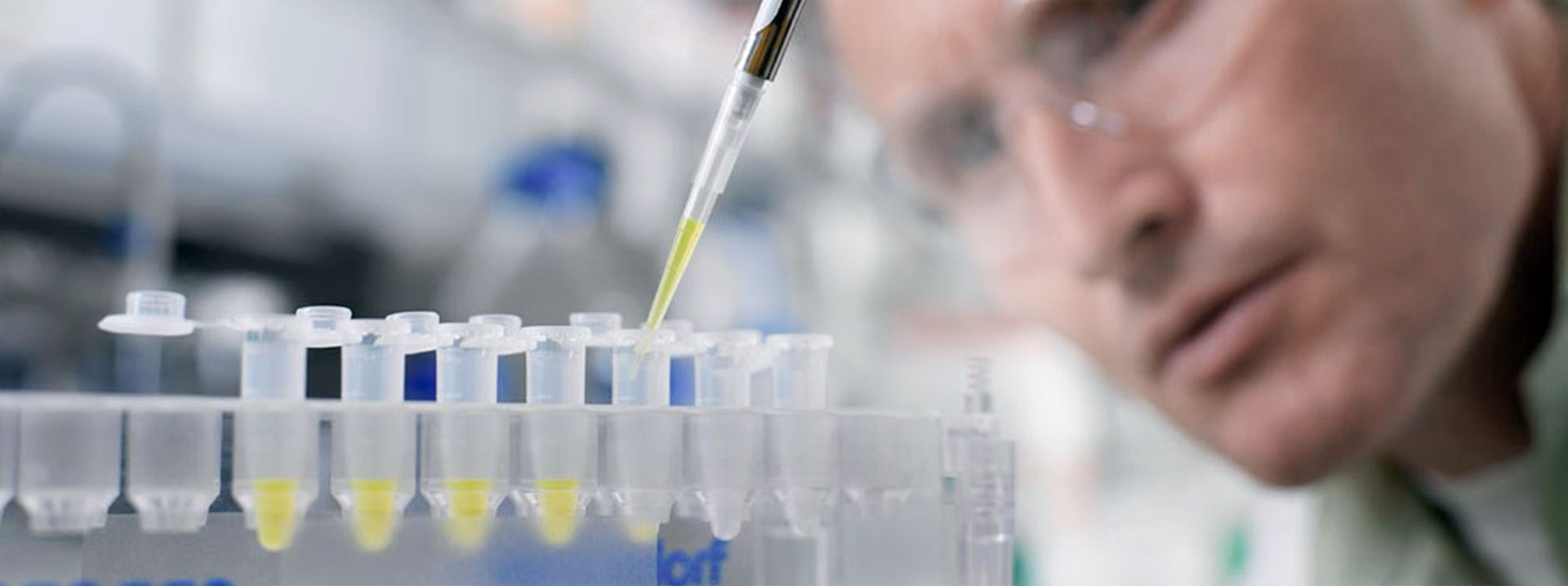I. brief introduction of PSE certification in Japan
PSE is Japan's mandatory safety certification from April 1, 2001 "electric device and material control method (DENTORL) has been officially renamed the" Electrical Product Safety Act (DENAN) ", in order to prove that the electrical and electronic products have passed Japan Electrical Safety Law and raw materials (DENAN Law) safety standards or international standards IEC the test; 498 kinds of products to enter the Japanese market must go through the security certification.
Japan PSE certification mark

Class A mandatory certification: special electrical equipment and materials products

Class B mandatory certification: other electrical equipment and materials products
3., Japan PSE certification technical information
AC voltage: 100V
Operating frequency: 50/60Hz
4, Japan PSE certification factory inspection
PSE will perform a factory inspection (check if there are any relevant test instruments and their suitability) without tracking checks. Because the certification bodies are different from each other in China, the organizations responsible for examining the factory in China are different. For example, JQA is the China Import and export inspection and quarantine bureau.
5, Japan PSE certification notice
Mobile phone charger belongs to class a products according to this regulation. Class a products must be tested by Japanese government authorized and METI management laboratory. Such laboratories, such as: JQA, LET, UL, Apex, non Japanese laboratories, such as UL, are also authorized laboratories for such products (battery chargers and AC adapters). China does not have a test room authorized by Japan at present. Therefore, enterprises applying for PSE certification should first select a Japanese authorized laboratory to obtain a test report issued by the laboratory to prove that the product meets the technical requirements of japan.
Japan has two sets of battery charger technical requirements, the applicant may choose any way:
The first approach is very traditional Japanese technical requirements;
The second way is to coordinate the technical requirements with the IEC60950.
Recommended domestic applicants to choose the second way, this way, because Chinese and Japan is a member of the IECEE-CB, the applicant can first obtain the CB report in Chinese CQC, and then to the Japanese laboratory to apply CB report. If the first method is used, the CB report cannot be accepted.
If the product is designed to meet second ways, that is, according to the IEC60950 standard design, all the safety components of the preliminary circuit, such as capacitors, thermal release and so on, should comply with international IEC standards. If the product is designed in accordance with the first design, that is, in accordance with the national standards of Japan, all of these safety elements in the primary circuit shall comply with the national standards of japan. It should be noted that if you choose the first method, you do not accept the CB report. The first method and the second methods are not allowed to be used in combination.
Special note: although Japan is a member of CB, but the CB report can only be used as a reference in general circumstances. If CB has a Japanese deviation test, the CB can be transferred directly, and the certification cycle is about 3 weeks.
6. Japan PSE certification data and process
The authentication data
Security testing:
1. CB certificates and reports (including Japan's diversity tests), Japanese manuals and assembly manuals;
2. route map, Japan label (including PSE mark and notify supplier name);
3. PCB design drawings and structural data sheets related to safety regulations;
4. specifications for transformer and coil parts, photos of products inside and outside;
5. BOM table;
6., RFI test: provide RFI test report (100V) and EMC test laboratory certification data qualification documents.
Factory inspection document:
1. MITI/METI login factory
A. factory login facade
B. factory test equipment list (asset number, manufacturer name, model, specification, latest validation date)
C. checkout routine
2. non MITI/MEETI login factory
A. checkout routine
B. factory test equipment list (asset number, manufacturer name, model, specification, latest validation date)
C. factory test instrument check master file
D. calibration report of all test instruments
Certification of E. standards for retroactive national standards










